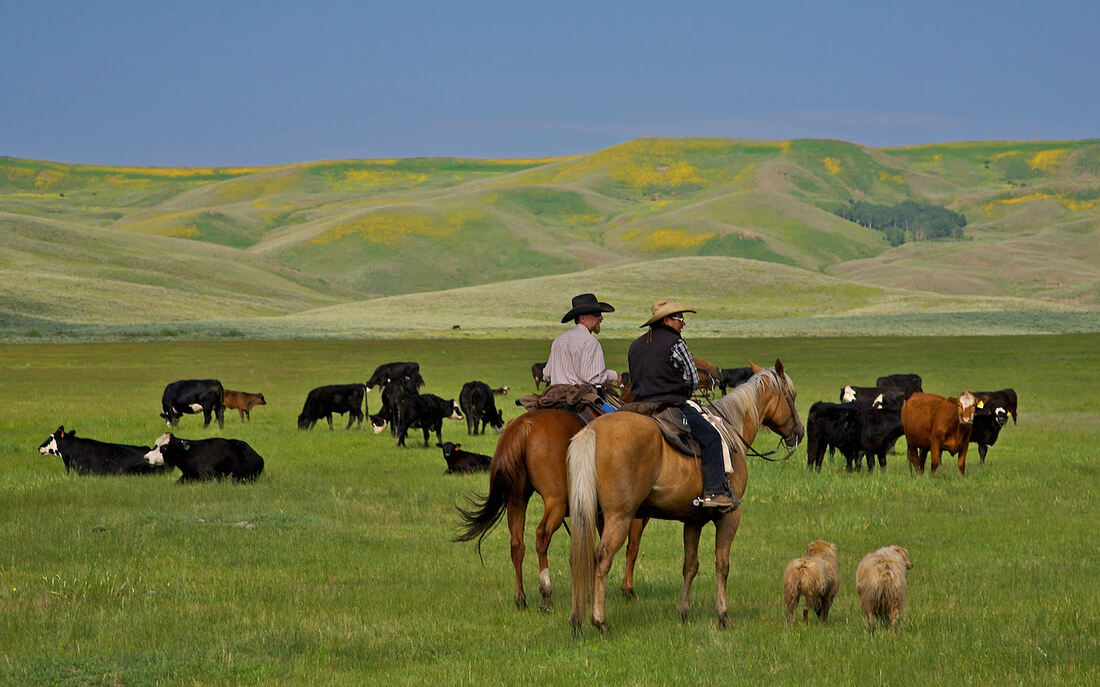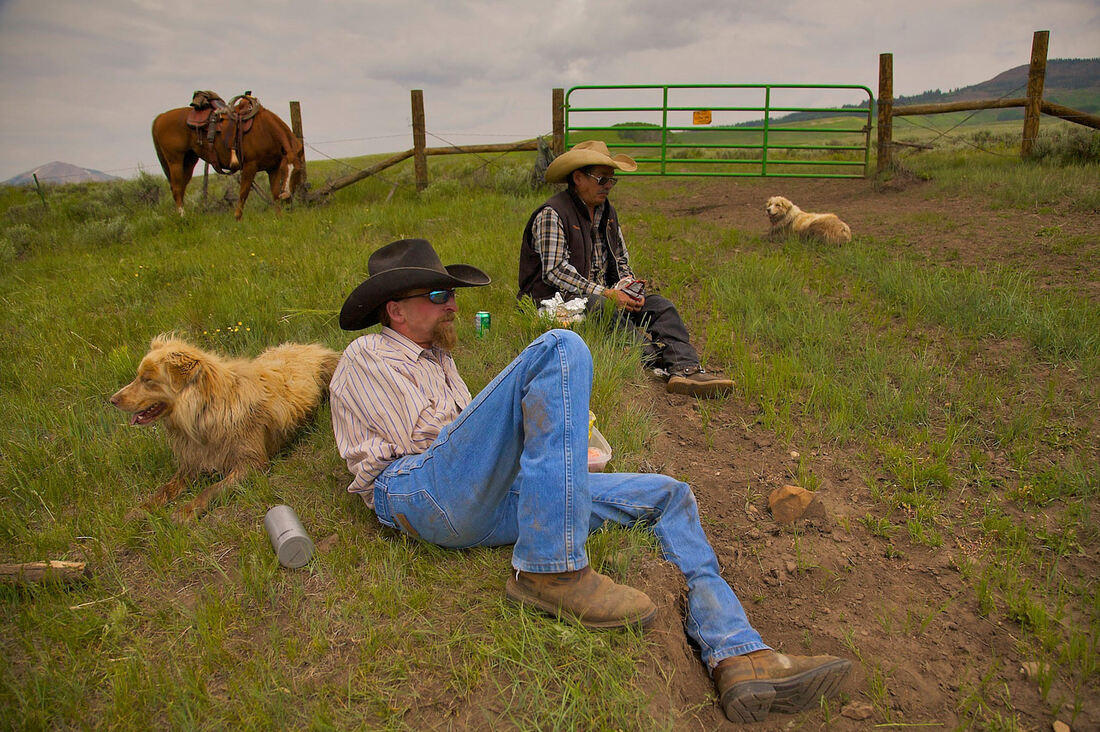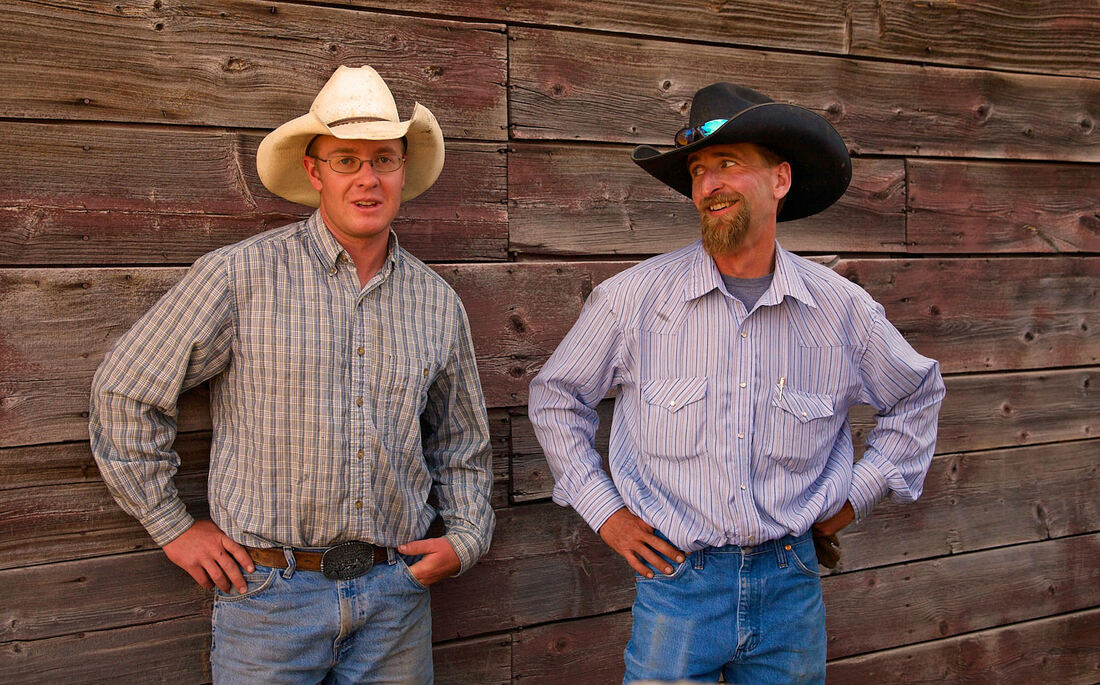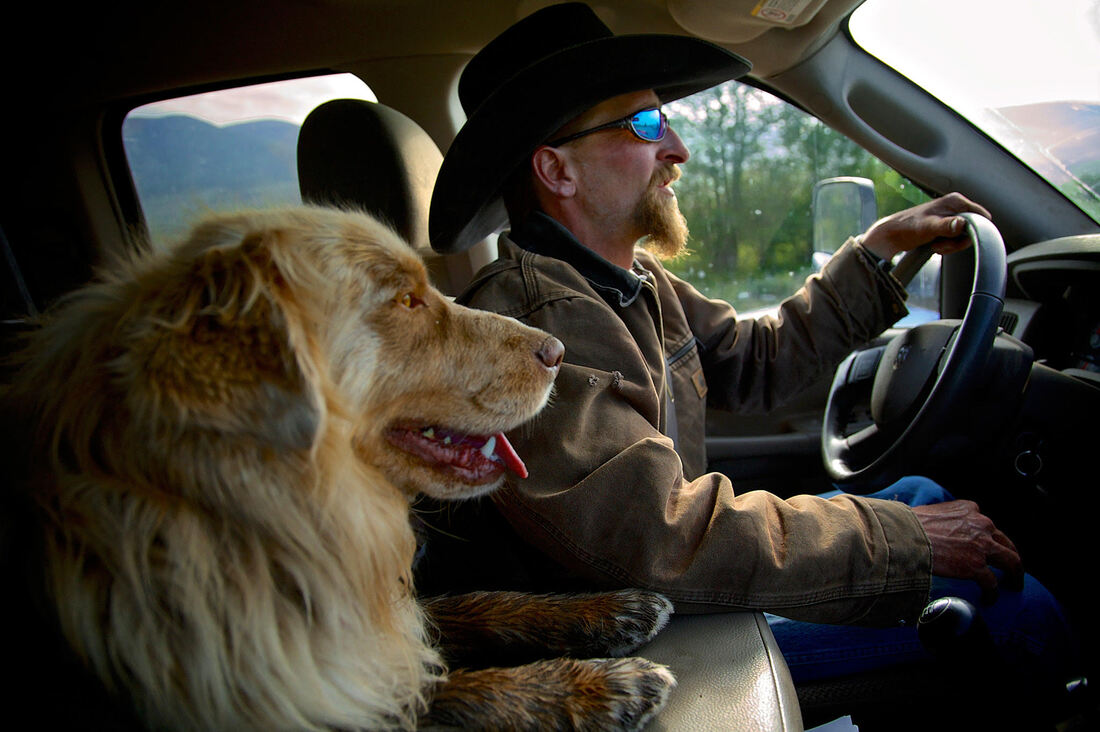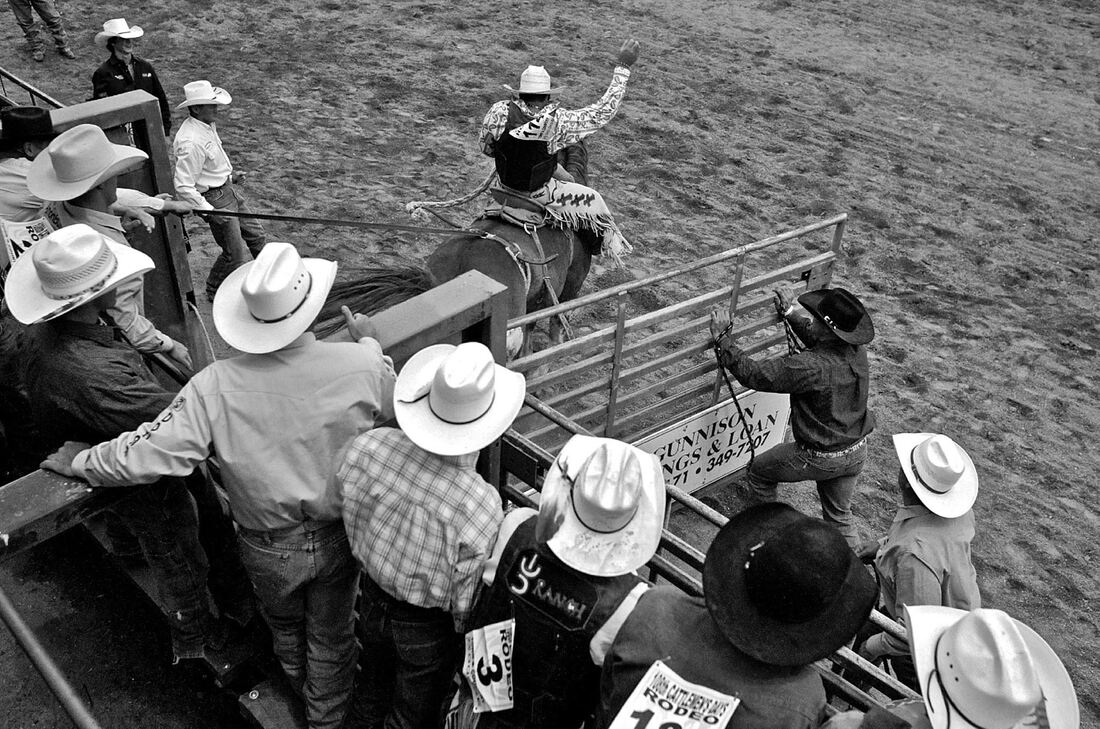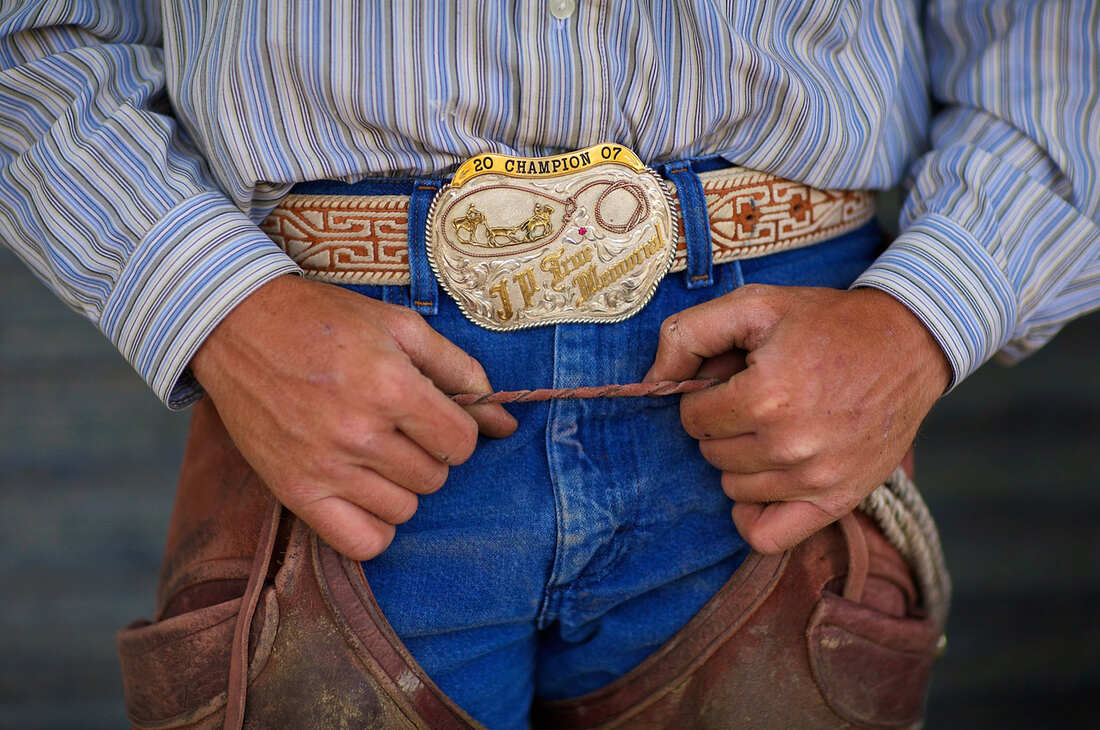|
One of the many great things from The New York Times recently has been a canvass of 17 – count ‘em, 17 - opinion columnists of a cultural icon that best exemplifies the United States. https://www.nytimes.com/interactive/2023/06/20/opinion/nyt-columnists-culture.html After perusing the list, my first reaction was how many Times opinion writers chose highly accessible television series – many of which I have never seen. Please, this is not a value judgment. We all need entertainment/stimulation that is more enjoyment and less work. I’m likely to be watching the Mets – my patience with these poor slumping mugs is not endless – and coming soon, the Women’s World Cup of soccer, a quadrennial delight. And I spend way too much time gaping at the Bureau of Wishful Thinking, hoping for a few guilty verdicts, and soon. The NYT’s feature demonstrates that many of its best and the brightest commentators have a life, which helps them understand this vast and divided country as well as relax and enjoy. I was tantalized by all 17 choices, but a few that stuck with me that most: ---Bret Stephens got me by picking the film “Pulp Fiction.” Sometimes, just for fun, I go fishing on Youtube for the last 20 minutes or so, starting with Harvey Keitel as Winston Wolf a mob fixit man wearing a tux who cleans up a very messy murder scene. The movie ends with John Travolta and Samuel L. Jackson as two gunslingers who foil a hapless couple trying to stick up a diner. I don’t know if that segment is about America or rather about LA a very distant generation ago but either way I love it. ---David Brooks wrote: “I nominate Blind Willie Johnson’s 1927 rendition of “Dark Was the Night, Cold Was the Ground.” Brooks added: “Johnson is playing his slide guitar in a way you’ve never quite heard a guitar played, and he is not really singing so much as humming, groaning and intoning. There are few words, just verbal renderings of woe.” ---Nick Kristof wrote: Horatio Alger’s “first blockbuster novel, published in 1867 as a serial, was ‘Ragged Dick.’ Its hero is a 14-year-old shoeshine boy who sleeps on the streets of New York City. While Dick is illiterate and likes to gamble, he has a good heart, a willingness to work hard and a strong sense of honesty.” This being my personal therapy website, I came up with my own quirky visions of America: --- “The Sopranos” – the only series I have watched in the last 40 years. Not just for Tony and Carmela but also the Italian hitman Fiorio (“Mr. Williams") muscling the smug golfing doctor into the water hole or the cool one-legged Russian woman who dumps Tony. I still ponder what the final episode meant. --- For novels about America, I could choose Mark Twain, but I will stick with Thomas Wolfe, who taught me how to read and feel as a teen-ager. Most of his books are based in Asheville, N.C., but I would nominate “O Lost,” a revision of “Look Homeward Angel,” with the first section (inexcusably excised by the original editor) about of a teen-ager standing on the highway south of Harrisburg, sassing Confederate soldiers as they march toward Gettysburg, summer of 1863. That boy will become Thomas Wolfe’s father in North Carolina. The fissure in the United States that summery day is as real as today’s news. ---Every Thanksgiving, our son David plays the classic Scorsese film, “The Last Waltz,” the final concert of The Band – four Canadians and Levon Helm from Arkansas, with guests as diverse as Muddy Waters, Neil Young, Joni Mitchell, Emmylou Harris, Eric Clapton, Van Morrison, the Staples Singers, Ronnie Hawkins and Bob Dylan, singing “Forever Young.” However, if I have to choose one icon that catches America, I will go classical. I think of the long flights I used to take, over the Great Lakes or the Rockies in daylight, or the reverse flights, heading home in the midnight hours, the twinkling necklaces of highway, lone cars, small towns, rivers, so much space, so much promise, so much beauty, from 30,000 feet. Then I think of the composer from Bohemia, somehow getting himself to deepest Spillville, Iowa, feeling the vast space, hearing America’s great asset, the spirituals and the soulfulness of the Blacks, and how Antonin Dvorak put it together in “Symphony No. 9 --From the New World." (And if I have a choice, conducted by, himself an icon, Leonard Bernstein): Your choices/suggestions/comments?
My ode to Thomas McGuane's short story in the New Yorker was followed by these photos from my good friend and master photographer John McDermott, long-time soccer presence, now riding the range (on his bicycle) in northern Italy. John wrote: "One of my favorite assignments ever was to go to Colorado for a German magazine and shoot a story on contemporary cowboys. I had a great time, but ended up with a sore butt and back, not being used to riding a horse up and down steep trails. The deal with the cowboys was, “We'll give you a horse but then you need to help us with the cattle when we need you. So I got to play cowboy a little too." John added: "The shoot took place at a ranch and in the mountains outside of Crested Butte, Colorado. The rodeo was the Cattleman’s Day event held annually in nearby Gunnison. One of the best assignments ever. The Germans were good for that. I did a lot of lengthy photo reportage assignments for Focus-on mega-churches in Texas, on the medical marijuana industry in California, on earthquake preparation in SF, on writer Isabel Allende and many others. They tended to give more space to good photography than most American magazines did. Of course, now most of the American magazines are either greatly diminished, online only, or just gone." Well, cowboys are supposed to be gone, too, but John McDermott's photo essay -- and Thomas McGuane's short story in the New Yorker -- prove that cowboys endure. 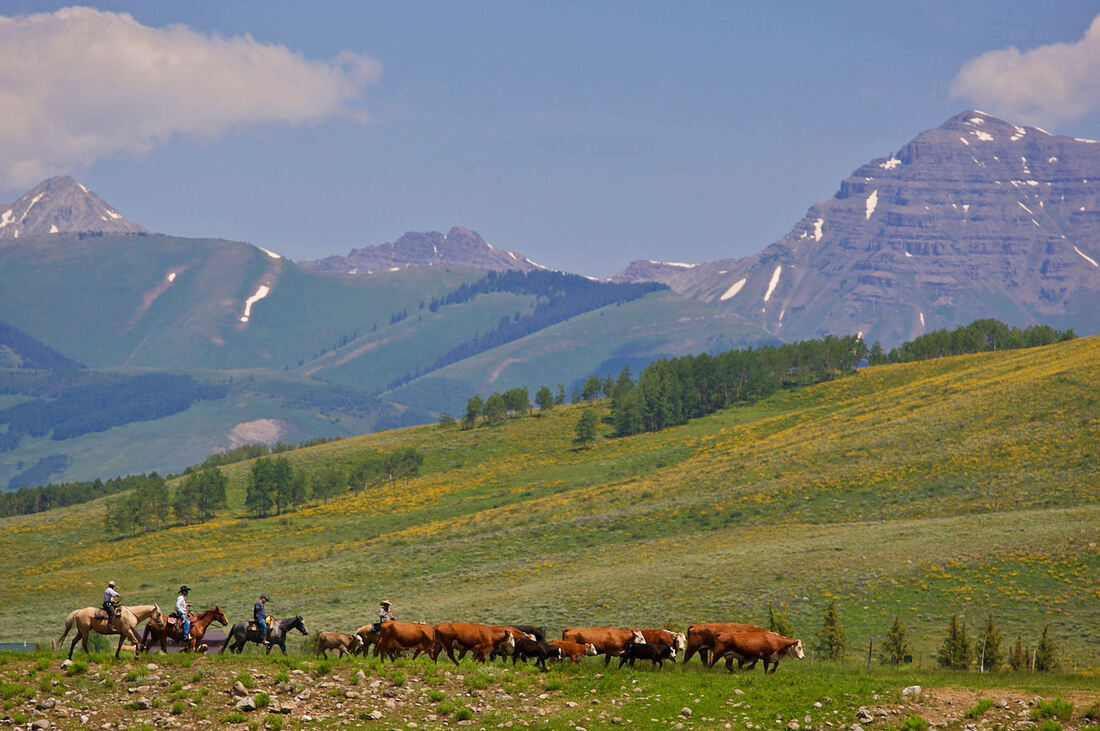 Starin' at the south end of north bound cattle Slavin' in the saddle all day You've got to be some kind of natural born fool To want to live your life this way ---What Am I Doing Here, Michael Martin Murphey https://www.youtube.com/watch?v=7RxewxnXMGo Starin' at the south end of north bound cattle Slavin' in the saddle all day You've got to be some kind of natural born fool To want to live your life this way ---What Am I Doing Here, Michael Martin Murphey https://www.youtube.com/watch?v=7RxewxnXMGo GV adds: Several people couldn't open the Thomas McGuane short story, so I took the liberty of downloading it here:
https://www.newyorker.com/magazine/2022/10/10/take-half-leave-half |
Categories
All
|
